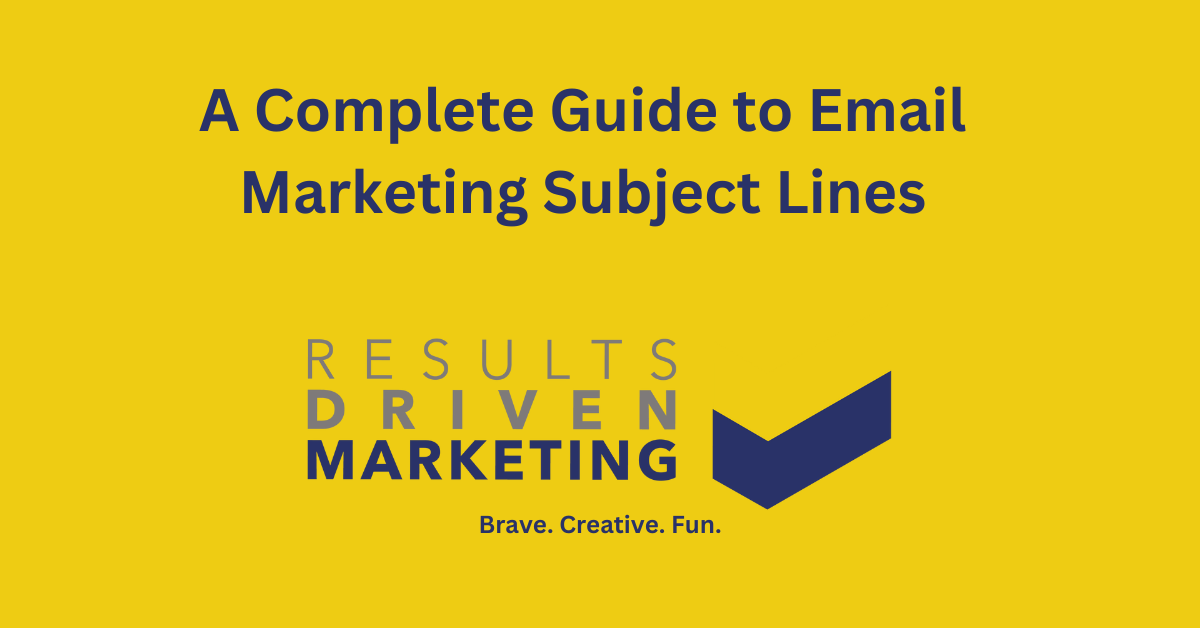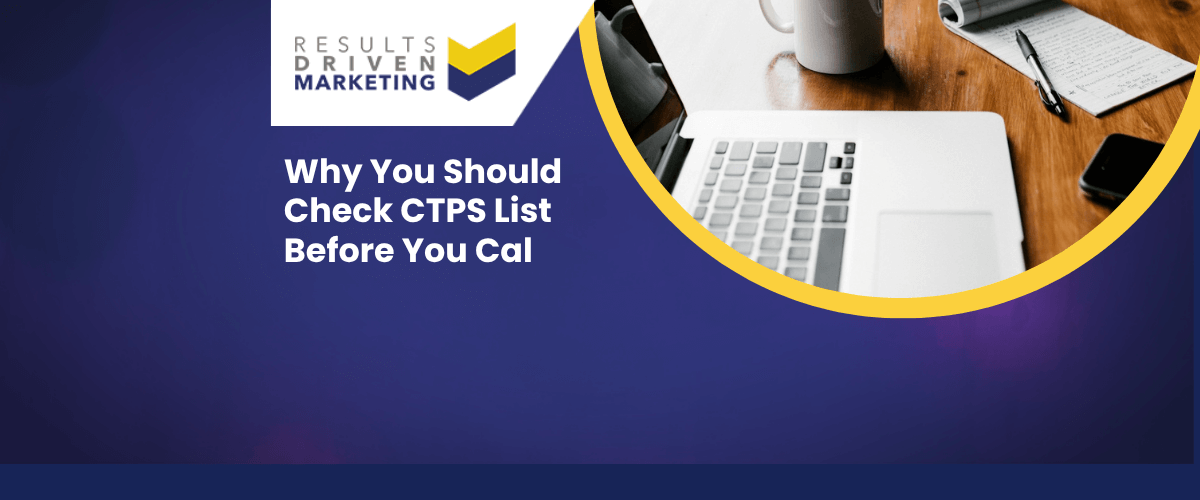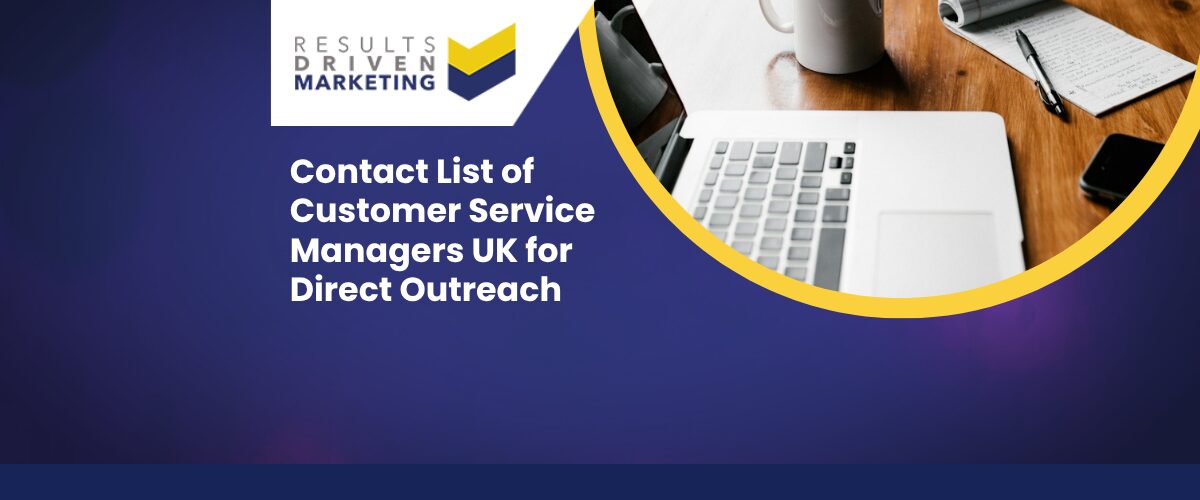
The complete guide to email subject lines
Introduction to the Complete Guide to Email Marketing Subject Lines
Welcome to this comprehensive guide on crafting compelling email marketing subject lines. If you’re wondering why such a guide is necessary, let’s begin by considering the importance of that one-liner appearing in your recipient’s inbox.
Your subject line is the welcome mat of your email marketing. It’s the first thing your audience sees and, quite often, the make-or-break factor determining whether your message will be opened, ignored, or even worse, sent directly to the spam folder.
With inboxes flooded with an array of emails, how do you ensure yours stands out and piques the interest of your audience? That’s where this guide comes in.
This guide has been meticulously designed to be your ultimate handbook, no matter if you’re a seasoned email marketer or just starting out on your journey. Here, you’ll find in-depth analysis and advice on everything from understanding the psychology behind a successful subject line to leveraging the power of personalisation, and from the significance of A/B testing to exploring the effective use of emojis.
We will share with you real-world examples of creative subject lines that have converted well and delve into different types of subject lines for various campaigns and industries.
But we don’t stop there! This guide also addresses potential future trends and how artificial intelligence might influence email marketing subject lines.
So, buckle up as we embark on this exciting journey to unveil the secrets of crafting irresistible email subject lines that significantly boost your open rates and make your email marketing efforts truly count.
The Importance of Subject Lines: The Key to Effective Communication
Effective communication is at the heart of personal and professional success. Whether it’s emails, direct messages, newsletters, or marketing campaigns, the first component that recipients interact with is the subject line.
These few, often overlooked, words serve as the initial touchpoint between the sender and the receiver. The importance of subject lines cannot be overstated, as they significantly influence the effectiveness of your communication, engagement rates, and ultimate outcomes.
Creating the First Impression
Subject lines create the first impression and set the tone for the conversation. Much like the headline of a news article, they help the recipient understand the content of the message and make a quick decision about whether it’s relevant or important.
A clear, engaging, and concise subject line increases the likelihood of the recipient opening the message. Conversely, a vague or irrelevant subject line can lead to your message being overlooked, deleted, or worse, marked as spam.
Boosting Open Rates
The competition for attention in inboxes is fierce, and a compelling subject line can drastically improve your open rates. According to a study by Convince & Convert, 35% of email recipients open emails based on the subject line alone.
This underlines the crucial role that subject lines play in boosting your visibility and engagement. An interesting, relevant, and compelling subject line can make the difference between your message being read or being lost in a crowded inbox.
Improving Email Deliverability
Subject lines also impact email deliverability. Email service providers use complex algorithms to filter out spam and junk emails, and one of the factors they consider is the subject line.
Using spammy language, excessive punctuation, or ALL CAPS can trigger these filters and result in your email landing in the spam folder. Craft your subject lines with care to avoid being flagged by these systems.
Increasing Click-Through Rates
When it comes to email marketing campaigns, the effectiveness is often measured by click-through rates. This is where subject lines play a pivotal role.
A catchy, well-crafted subject line not only increases open rates but also significantly boosts click-through rates by creating curiosity and interest around the content of the email. This results in higher engagement and, ultimately, better conversion rates.
Enhancing Personalisation and Relevance
In an era where personalisation is key to standing out, subject lines offer a unique opportunity to customise your messages. Personalised subject lines that include the recipient’s name or reference a recent interaction can significantly increase engagement.
By demonstrating that the content is directly relevant to them, you increase the chances that the recipient will open and engage with your message.
Promoting Clarity and Organisation
Finally, well-structured subject lines help promote clarity and organisation, especially in professional settings. For instance, if you’re emailing a project update, including the project name and the nature of the update in the subject line makes it easy for the recipient to understand the message’s content at a glance.
This practice not only helps the recipient manage their inbox more efficiently, but it also fosters better communication and productivity.
Components of Effective Subject Lines: Crafting Compelling Gateways to Your Messages
Crafting an effective subject line is an art, much like penning a compelling headline or an attention-grabbing tweet. It involves a blend of creativity, relevance, clarity, and brevity to engage the recipient instantly.
As the first touchpoint in your message, the subject line can significantly influence whether your email gets opened, ignored, or deleted. Here are the key components of effective subject lines:
Clarity
The primary purpose of a subject line is to indicate what the email is about. The recipient should understand at a glance what to expect from the message. Avoid jargon, complex phrases, or ambiguous statements. Keep it simple and to the point, as clarity often trumps cleverness.
Relevance
Relevance connects the subject line to the recipient’s interests, needs, or recent actions. This could involve personalisation, like including the recipient’s name or referencing a past interaction.
It can also involve connecting the subject to current events or trends that matter to the recipient. Relevance creates a sense of familiarity and urgency, increasing the likelihood that the email will be opened.
Brevity
Inboxes are crowded spaces, and attention spans are short. A concise subject line is more likely to be read and understood quickly.
Moreover, many email clients truncate long subject lines, especially on mobile devices. A good rule of thumb is to keep your subject line under 50 characters.
Creativity
While clarity and brevity are crucial, a dash of creativity can make a subject line stand out in a crowded inbox. This could be a play on words, a clever pun, or an intriguing question.
Be careful, though; the creativity should not compromise clarity. The recipient should still understand what the email is about.
Urgency
Creating a sense of urgency or scarcity can encourage recipients to open your email sooner rather than later. Phrases like “limited time offer,” “ends soon,” or “last chance” can create this sense of urgency. However, use this tactic sparingly to avoid sounding like spam or becoming the email marketer who cried wolf.
Call to Action (CTA)
A subject line can be an effective place to include a call to action, especially for marketing emails. It provides the recipient with a clear direction about what they’re expected to do, like “Register Now,” “Claim Your Discount,” or “Review Your Order.”
Avoidance of Spam Triggers
To enhance deliverability, avoid words, phrases, or formatting that could trigger spam filters. This includes excessive use of capitals, exclamation marks, or phrases like “free,” “buy now,” or “guarantee.” Familiarise yourself with spam triggers and design your subject lines to avoid them.
Testing and Analysis
Finally, effective subject lines are often the result of testing and analysis. This could involve A/B testing different subject lines to see which performs better, analysing open rates, or using AI-powered tools to predict subject line performance. Continuous testing and refining can help you understand what works best for your audience.
Creative Examples of Email Subject Lines: Turning Heads in the Inbox
Email subject lines can make or break the success of your communication efforts. While every successful subject line should feature clarity, brevity, and relevance, a dash of creativity can significantly enhance its appeal. This article will explore various creative examples of email subject lines, providing inspiration for your next email campaign or correspondence.
Curiosity-Inducing Subject Lines
Curiosity is a powerful motivator. A well-crafted, curiosity-inducing subject line can compel recipients to open your email to satisfy their curiosity.
“Unveiled: Secrets of Our Most Successful Users”
“You’re Missing Out on These Hidden Features”
“Ever Wondered Why Our Coffee Tastes So Good?”
Personalised Subject Lines
A personalised subject line can make your recipients feel special and directly spoken to, which can significantly increase your open rates.
“John, A Special Offer Just For You”
“Sarah, We Miss You! Here’s 20% Off Your Next Purchase”
“Alex, Your Personalised Weekly Fitness Report is Here”
Urgency or Scarcity Subject Lines
Creating a sense of urgency or scarcity can encourage recipients to open your email and take action immediately.
“Hurry, Only 2 Seats Left for the Webinar!”
“24 Hours Left to Secure Your Early Bird Discount”
“Last Chance to Order Your Holiday Gifts On Time”
Funny or Witty Subject Lines
Humour can be a fantastic way to stand out in an inbox and establish a friendly connection with your recipients.
“We Like You a Latte: Here’s a Coffee on Us!”
“No, We’re Not Kitten Around – It’s National Cat Day!”
“Paws What You’re Doing: It’s Time for a Walk, Fido!”
Problem-Solving Subject Lines
Addressing a common problem that your recipient might have can engage them instantly as it shows you understand their needs or challenges.
“Say Goodbye to Your 5pm Energy Slump”
“Maximise Your Space With These Organisation Hacks”
“Struggling With Dinner Ideas? We’ve Got You Covered”
Storytelling Subject Lines
Storytelling can captivate readers, making your emails feel more personal and engaging.
“From Our Kitchen Table to Serving Thousands: Our Story”
“Chapter 3: Jenny Discovers the Secret Ingredient”
“How We’re Changing Lives – One Pair of Shoes at a Time”
Testimonial or Social Proof Subject Lines
Incorporating testimonials or social proof in your subject lines can build credibility and trust.
“Why John Calls Us the ‘Best Service Ever'”
“Join 5,000 Happy Customers – Get Your Discount Today”
“See How We’ve Helped Companies Like Yours”
Intriguing Questions
Asking a question, especially a thought-provoking one, can engage your recipients and prompt them to open the email.
“Are You Making These SEO Mistakes?”
“Ready for the Career Change You’ve Been Dreaming Of?”
“What if You Could Boost Productivity With One Simple Step?”
Remember, while creativity can enhance your subject lines, the key is to ensure that the subject line accurately reflects your email’s content. Misleading or clickbait subject lines may boost open rates initially, but they can harm your reputation and relationship with your recipients in the long run.
The Role of A/B Testing in Subject Lines: Optimising Your Email Strategy
In the world of email marketing, getting recipients to open your email is half the battle. With the average office worker receiving 121 emails per day, standing out in a crowded inbox is more critical than ever. Subject lines play a crucial role in capturing attention, and A/B testing is a proven way to find out what works best for your audience. This article will explore the role of A/B testing in creating effective subject lines.
What is A/B Testing?
A/B testing, also known as split testing, is a method used to compare two versions of a single variable to determine which performs better. In email marketing, it can be used to test different components of an email, such as the subject line, the email content, or the call to action. By sending out two versions of an email with different subject lines to a small subset of your audience, you can track which one achieves higher open rates and then send the better-performing version to the rest of your list.
The Importance of A/B Testing in Subject Lines
Subject lines directly impact your email open rates, and even small tweaks can make a significant difference. With A/B testing, you can experiment with different subject line styles, lengths, tones, or personalisation techniques to see what resonates with your audience.
A/B testing can help answer questions such as:
- Do shorter subject lines result in higher open rates for my audience?
- Does personalisation in the subject line boost engagement?
- Does my audience respond better to question-based or statement-based subject lines?
The insights gained from A/B testing can provide data-driven guidance to enhance your email strategy, optimise your subject lines, and ultimately, improve your overall open rates and engagement.
How to Conduct A/B Testing on Subject Lines
Here’s a step-by-step guide to conducting an A/B test on your subject lines:
Choose the Variable: The subject line will be your variable in this case. You can test different styles, tones, lengths, personalisation, etc.
Create Two Subject Lines: Based on what you want to test, create two different subject lines for the same email.
Split Your Audience: Divide a portion of your email list randomly into two groups, ensuring the groups are statistically similar.
Send the Emails: Send one version of the email to Group A and the other version to Group B. Make sure to send them at the same time to avoid time-based bias.
Analyse the Results: After a set period, analyse the open rates of both emails. The email with the higher open rate is the winning version.
Send the Winning Version: Send the winning email to the rest of your email list to maximise engagement.
Record Your Insights: Keep a record of the results for future reference. Over time, you’ll accumulate valuable insights about your audience’s preferences.
Best Practices for A/B Testing Subject Lines
Test Only One Variable at a Time: To get accurate results, only one element (in this case, the subject line) should differ between the two emails.
Use a Significant Sample Size: Ensure your test groups are large enough to provide statistically significant results.
Repeat Your Tests: Conducting repeated tests over time can help confirm the reliability of your findings.
Subject Lines and SPAM: Navigating the Tricky Terrain of Email Deliverability
The advent of email revolutionised communication, offering a quick, cost-effective means of reaching audiences. However, it also gave birth to an undesirable byproduct: spam.
To combat this, Internet Service Providers (ISPs) and email clients use sophisticated spam filters to detect and block unwanted emails. A key criterion these filters evaluate is the email subject line.
Let’s delve into how certain words, phrases, or punctuation in subject lines can trigger these spam filters, resulting in lower deliverability rates.
Understanding Spam Filters
Spam filters employ complex algorithms to examine various elements of an email, such as the sender’s reputation, email content, and particularly the subject line. If these filters deem an email to be spam, they can send it straight to the recipient’s spam folder, drastically reducing the likelihood of your email being seen. Therefore, understanding how to avoid triggering spam filters can greatly enhance your email deliverability rates.
Subject Line Red Flags
Certain elements in your subject line can set off spam filters. Some of these include:
Misleading or Deceptive Language: Using deceptive language is not only unethical but can also trigger spam filters. This could include making false promises or using misleading phrases. For instance, “You’re a Winner!” when the email content doesn’t contain any prize or award.
Overuse of Capital Letters or Exclamation Points: “LIMITED TIME OFFER!!!” might seem like a good way to grab attention, but it’s more likely to end up in the spam folder. Overuse of capital letters or punctuation such as exclamation points is a common characteristic of spam emails, making this a major red flag for spam filters.
Spam Trigger Words: Certain words or phrases are commonly associated with spam and can lead to your emails being filtered. These can include words like “Free,” “Guarantee,” “No obligation,” “Risk-free,” “This won’t last,” “Get out of debt,” and more.
Poor Grammar or Spelling: Subject lines with poor grammar or spelling errors can raise spam filter alarm bells. Ensure your subject lines are grammatically correct and free of spelling errors.
Avoiding the Spam Folder
While it’s impossible to avoid every spam filter, there are strategies to increase your chances of landing in the inbox:
Prioritise Relevance and Quality: Craft subject lines that are relevant and valuable to your audience. Irrelevant subject lines can lead to high bounce rates or people marking your emails as spam, damaging your sender reputation.
Personalise Subject Lines: Personalisation can show the recipient that the email is intended specifically for them, making it less likely to be marked as spam.
Test Your Emails: Use spam testing tools before sending your emails. These tools can provide you with a spam score and highlight potential issues that could lead to your email being marked as spam.
Keep a Clean Email List: Regularly remove unengaged subscribers from your list. High engagement rates can improve your sender reputation and reduce the chances of being marked as spam.
Experiment and Monitor: Try different subject line techniques, and monitor your email metrics. If you notice a drop in your deliverability rates after using a specific word or technique, it might be triggering spam filters.
The Role of Emojis in Subject Lines: A Colourful Twist to Email Marketing
In today’s digital age, the emoji has become an integral part of online communication. These colourful, fun symbols can express emotions, ideas, and messages in a compact and visually appealing way. But have you ever considered using emojis in your email subject lines?
If not, you might be missing out on a powerful tool to enhance your email marketing efforts. This article will explore the role of emojis in subject lines and how they can contribute to your campaign’s success.
Emojis: Beyond Personal Chats
Emojis are no longer restricted to personal messages or social media posts; they’ve made their way into the professional realm as well. And while some may dismiss them as frivolous or unprofessional, when used judiciously, they can bring a wealth of benefits to your email marketing campaigns.
Stand Out in the Inbox
In a sea of plain text subject lines, an emoji can grab attention instantly. It can differentiate your email from others and increase the chance that recipients will open your email.
Convey Emotion and Personality
Emojis can add an emotional touch to your subject lines, making them more personable and relatable. They can convey a sense of humour, excitement, urgency, or any other emotion that plain text might struggle to express effectively.
Save Space
Emojis can communicate a message or concept in a single character, saving valuable space in your subject line. This is particularly useful considering that many email clients truncate subject lines that are too long.
Increase Open Rates
Several studies suggest that subject lines with emojis can lead to higher open rates. According to a report by Experian, subject lines with emojis had a 56% higher open rate than those without.
Best Practices for Using Emojis in Subject Lines
While emojis offer many benefits, they should be used thoughtfully and strategically. Here are a few best practices to keep in mind:
Know Your Audience
Understanding your audience is crucial when deciding to use emojis. If your brand caters to a more conservative or professional audience, using emojis may not resonate well. On the other hand, if your audience is younger or more tech-savvy, they might appreciate and engage more with emoji-laden subject lines.
Don’t Overdo It
While emojis can be eye-catching and fun, using too many can make your subject line look cluttered and confusing. It may also trigger spam filters. So, use them sparingly.
Keep It Relevant
Ensure the emojis you use are relevant to your message. Random or unrelated emojis can confuse your audience and detract from your message.
A/B Test Your Subject Lines
As with any element of email marketing, it’s essential to test the effectiveness of using emojis. Try A/B testing your emails with and without emojis in the subject line to see which performs better.
In conclusion, when used appropriately, emojis can add a dash of colour, emotion, and personality to your email subject lines. They can help your emails stand out, convey your message more succinctly, and potentially increase your open rates. As with any email marketing strategy, understanding your audience and continuously testing your approach will be key to your success.





